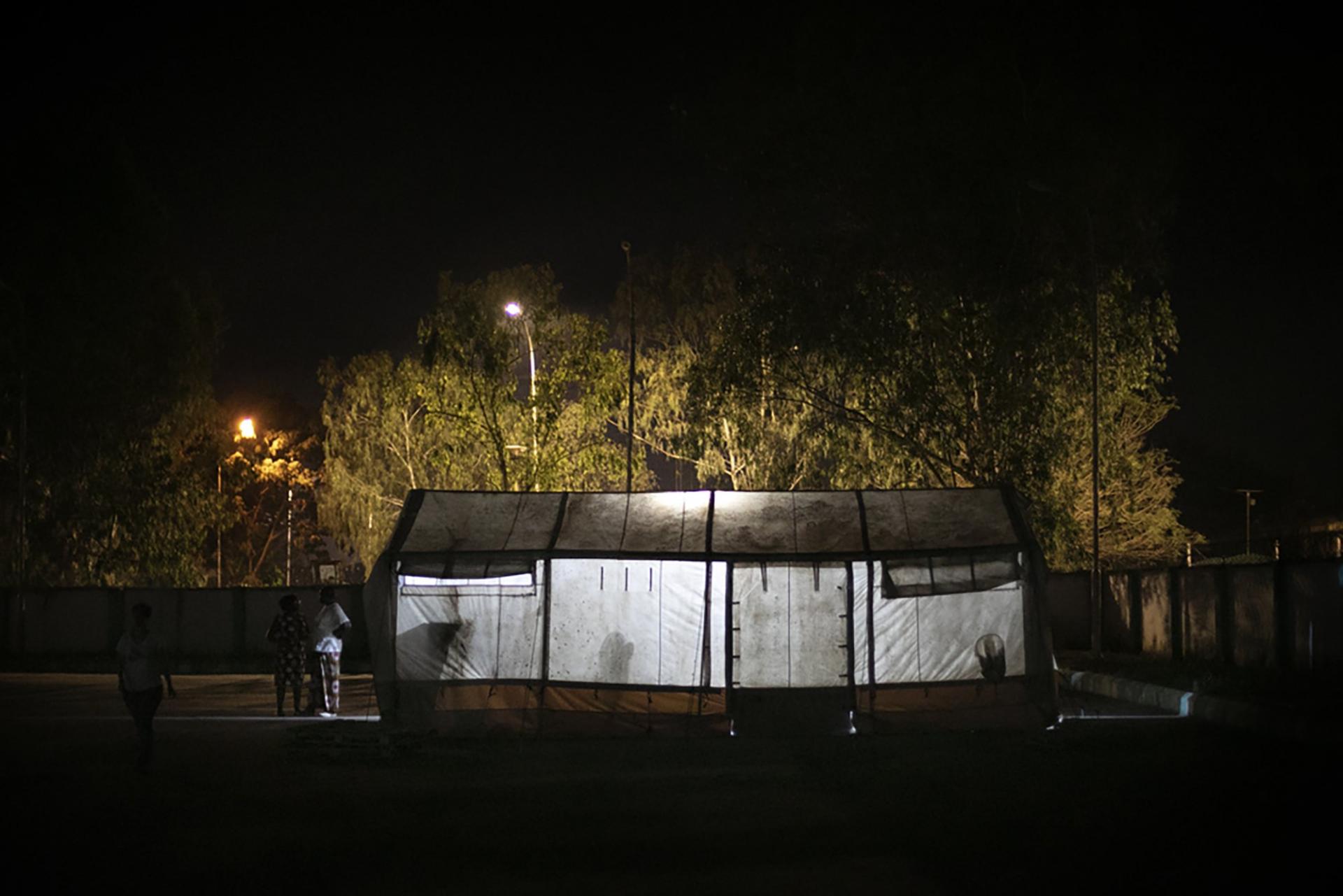Dr Preceious has been with MSF for two years as a research medical doctor in the Lassa Fever project in Abaliki, Nigeria. Here she shares her experience.
"I began working in the Cross River migration project, where MSF was providing treatment for migrants, treating conditions like malaria, malnutrition, sexual and reproductive health and sexual and gender-based violence. I’m a general practitioner by training and a member of the West African College of Surgeons in the Faculty of Obstetrics and Gynaecology; I am also a firm advocate of Gender Equality.
After a year in Cross River, I wanted to explore new areas and face new challenges, so I applied to work with MSF in Abakaliki. My first impression was that this project was specialised – we were very focused on infection prevention measures, preventing the spread of Lassa fever and particularly in protecting healthcare workers.
Now that the world is facing COVID-19, I think there are valuable lessons that we can learn from the experience of treating other diseases, like Lassa fever. Our approach taught me that with good planning and organisation, there is no challenge that lacks a human solution.
Dr Precious - Research Medical Doctor in the Lassa Fever project in Abakaliki
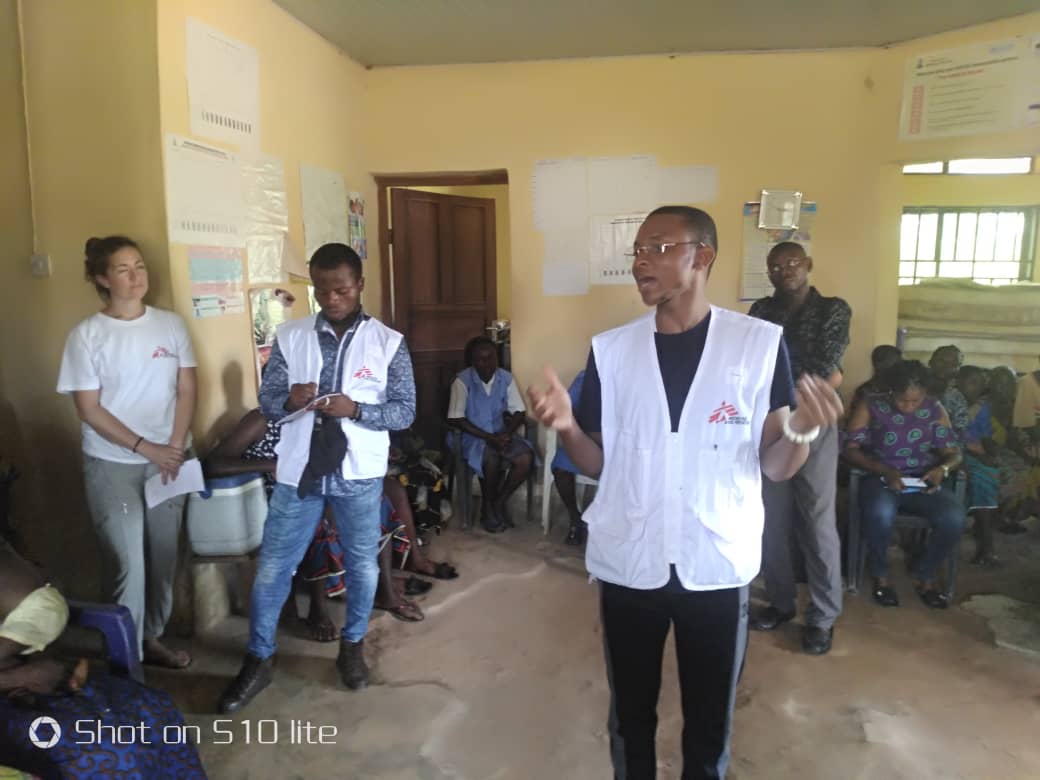
Our work in Abakaliki combines operational research on Lassa fever, with an active treatment programme for patients. This project began as an emergency response in 2018. Because so many healthcare workers had fallen sick and died, we reached a stage where a lot of healthcare workers did not want to work in medical facilities. That’s where MSF stepped in. MSF began installing new infection prevention measures in the hospital, and that work had a ripple effect on other hospitals in Ebonyi state, meaning that health facilities were no longer amplifying the infections of Lassa fever.
After reports from the Ministry of Health and the Nigeria Centre for Disease Control (NCDC), and an assessment from MSF, in March 2018, we began working in the Federal Teaching Hospital of Abakaliki (AE-FUTHA) to treat and control the spread of the outbreak, as well as limit the hospital-acquired infections.
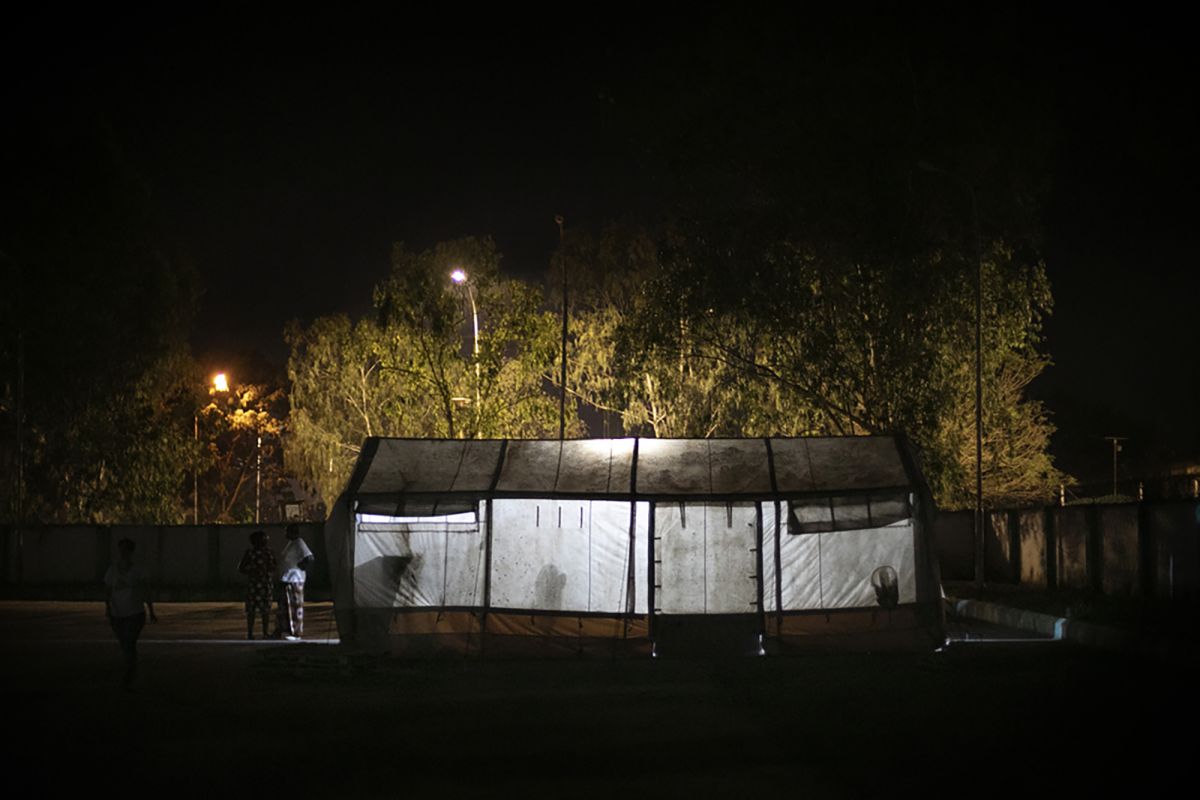
In 2018, the situation was extremely difficult – in Ebonyi, eight healthcare workers lost their lives to Lassa fever. However, in 2019 something remarkable happened, we installed a new range of measures and protocols and things began to change. We had six healthcare workers treated in the hospital where we worked, but they survived. Most of them were infected when they were doing their jobs. So to prevent further transmission in the hospital, we set up five separate entry points to the hospital for different services (like paediatric or surgical services); each entry point had a handwashing station for patients and staff to use before entering.
We also adapted the triage and patient flow systems, and established clearly marked high-risk and low-risk zones in the hospital – this made it easy for healthcare staff to know the kind of personal protective equipment they should wear, and where they should wear it. The beds in inpatient wards were also set up with at least a two-metre distance between each bed.
To prevent accidental exposure in the high-risk zones, all vials and injectables began being prepared in the low-risk zones beforehand. Everything was taken out of the high-risk zone also had to go through a decontamination process. The isolation design and flow were set up in such a way that there are different entry and exits for patients, caretakers, staff and materials, thereby preventing transmission in the hospital. For every risk, we provided both physical (distance, patient flow, and protective equipment) and chemical barriers (Chlorinated water) to reinforce protection.
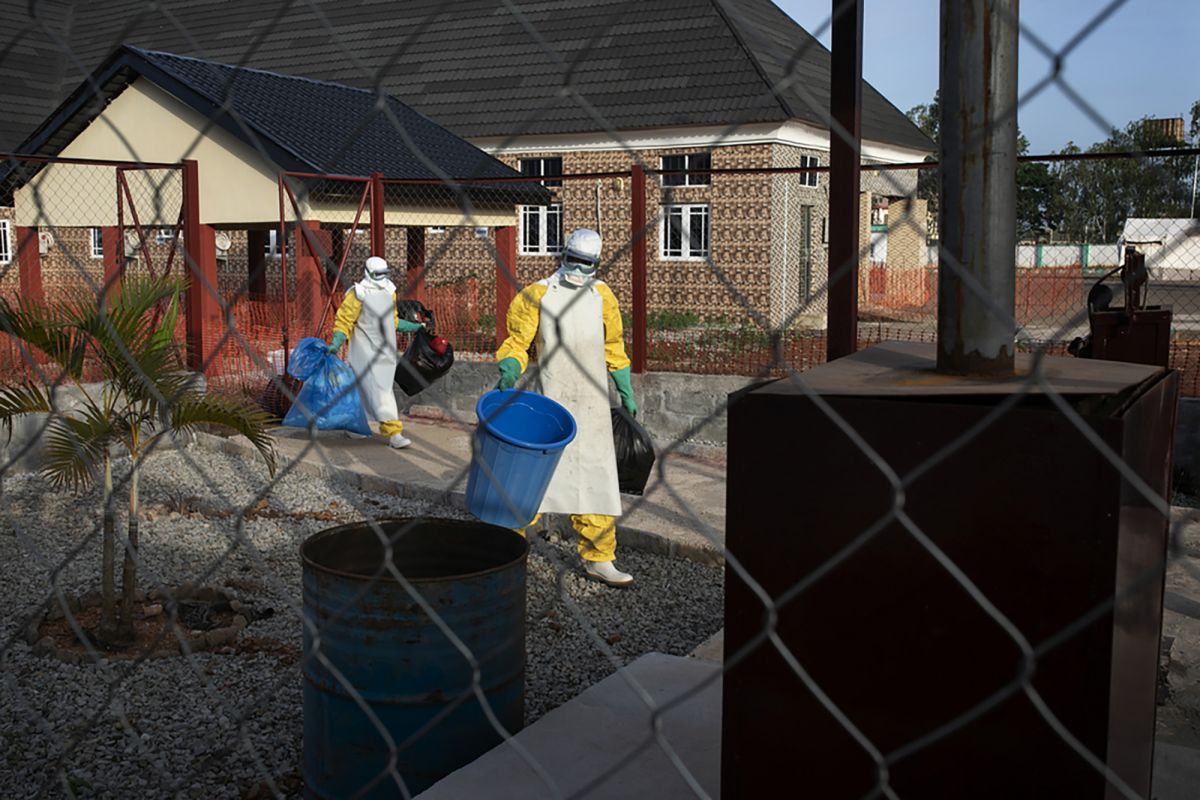
In addition to preventing further transmission, MSF is actively treating patients with Lassa fever in Ebonyi state. Right now, I’m the doctor who oversees the management of Lassa fever cases; it’s my role to ensure that every patient receives the optimum quality of care.
Apart from the medical effects and treatment of Lassa fever, there are social issues which have a major impact on Lassa fever survivors. Unfortunately, this stigma runs through all facets of life – including family, places of religious worship, markets, the workplace and even school. We know that the children of patients who have overcome Lassa fever are sometimes asked to stop attending school; some survivors have been turned away from places of worship; even marriage engagements have been broken because of this stigma.
People need to know that with the early identification of symptoms and prompt treatment, the rate of recovery will increase. The stigmatization of survivors at family and community levels will only discourage patients from coming for lifesaving treatment – and this puts others at risk too. Our health promotion team is working to help communities better understand Lassa fever and to reduce the stigma that surrounds it. Because of this, there’s light at the end of the tunnel.
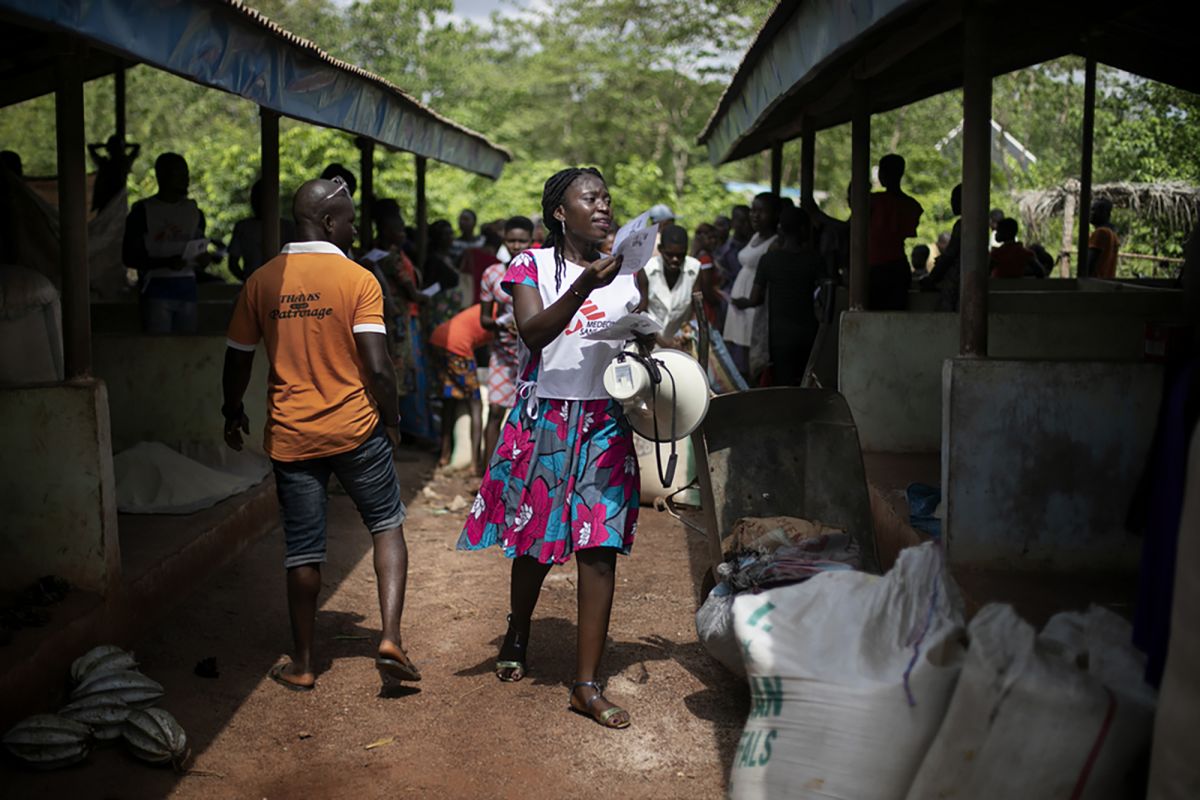
Treating patients with Lassa fever isn’t always easy; as medical staff, we develop close bonds with our patients, and we share the highs and the lows. But nothing comes close to the happiness of seeing patients go home fully recovered.
There have been so many remarkable moments working in this project, but one patient stands out to me in particular. He’s a middle-aged man who was admitted with Lassa fever, and he was suffering from kidney failure and severe anaemia. He suffered from convulsions and had to have dialysis several times. Even his family had lost hope, but the medical team never gave up.
Eventually, after several dialysis and transfusion sessions, he recovered and was discharged. I remember about a month after he was discharged, I heard someone scream my name – when I turned around it was his him. He was there with his wife. He came to me and gave me a tight hug, while his wife told their friends “this is the doctor that saved my husband and stopped me from becoming a widow”. I almost cried seeing the joy on their faces, that was worth more than anything to me.
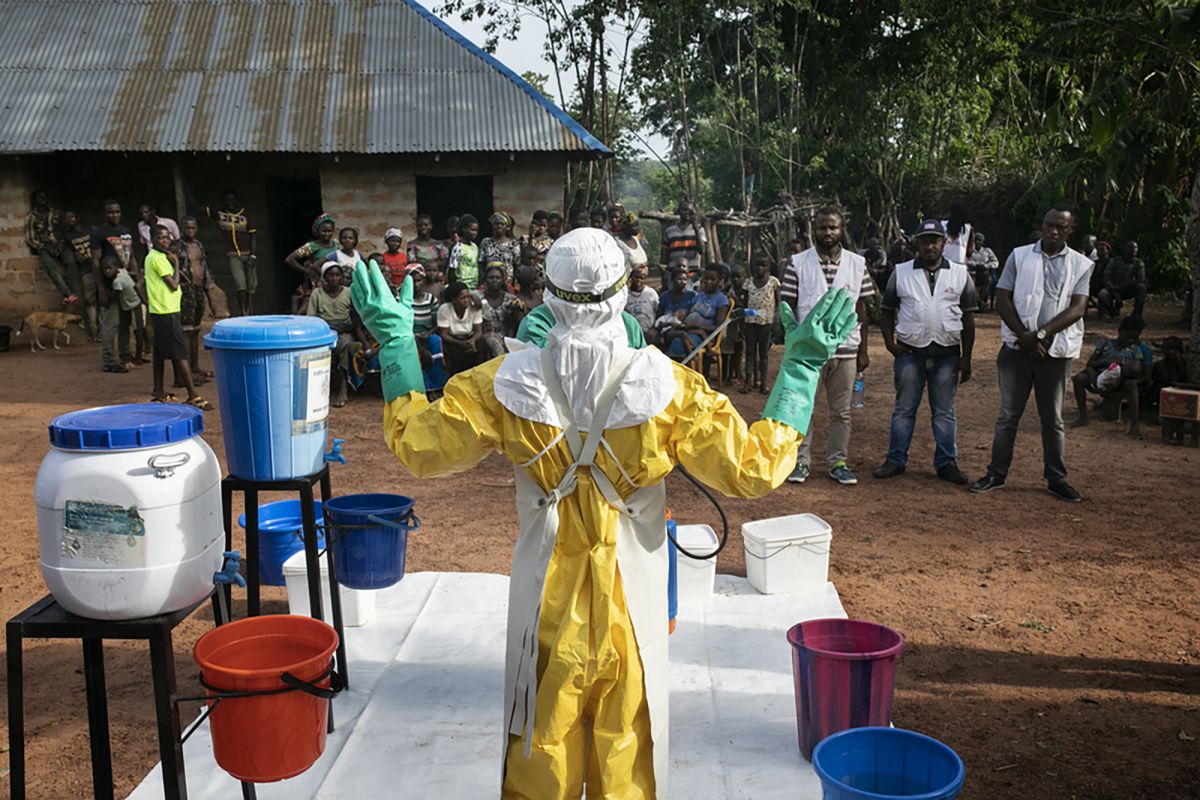
Now that the world is facing COVID-19, I think there are valuable lessons that we can learn from the experience of treating other diseases, like Lassa fever. Our approach taught me that with good planning, tools, and organisation, there is no challenge that lacks a human solution. Prior to our coming into Ebonyi state, no healthcare worker wanted to come near anything linked to Lassa fever; those who still wanted to be involved faced a terrible stigma. But all that has changed, this hospital is a place where people come to be healed and to recover. Trust and understanding are replacing that fear now.
I chose to work for MSF because I wanted to give something back and address the needs of the world’s neglected populations. Right from when I was in medical school, I was part of a group of medical students that formed the “I Saved A Life” movement, geared towards advancing knowledge, attitude and the practice of voluntary blood donorship to meet rising needs in our hospitals.
Our dream led us to build a bank of voluntary donors for both blood and bone marrow from among doctors, nurses, other support staff and even students from the university community; this database was handed over to the haematology department of the teaching hospital for continuity after we were gone.
During my internship days, I heard of MSF’s work in the states of Borno, Adamawa and Yobe, and I was captivated; the Jahun project in Jigawa was also another intervention that piqued my interest in the organisation. So, when the opportunity came in Cross River state, I was happy to apply. As for the journey so far? It’s been a fulfilling one, I must say."
